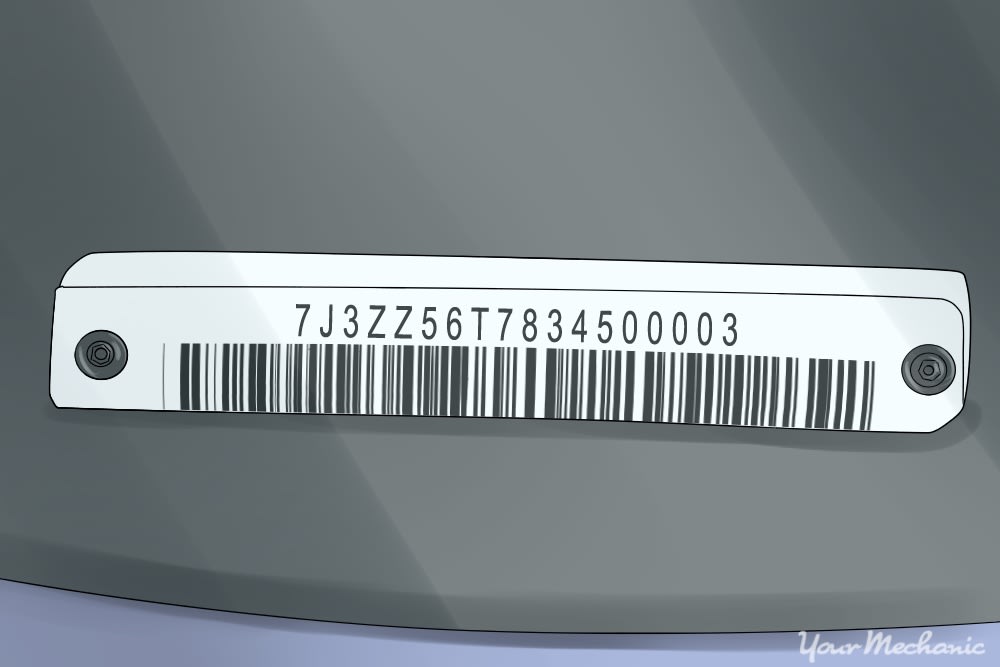

What is a VIN?
Every vehicle has a unique code that identifies exactly what it is. The unique code is called a Vehicle Identification Number, or VIN. The VIN on every vehicle tell you information that includes:
- Its country of origin
- The car manufacturer
- Its engine code
- The model year
- The chassis number
The VIN on every vehicle since 1981 is a 17-digit alpha-numeric sequence, meaning it contains both numbers and letters. VINs have been standardized since then so that, regardless of who is decoding the VIN, the results are accurate and uniform.
For example, every VIN that begins with the number “1” has been manufactured in the United States, while vehicles with the letter “J” to start the VIN have been built in Japan. The first digit is always the country of origin.
-
Note: If you’re worried about the security of your VIN, don’t be. There is no risk in sharing your VIN at all. It isn’t connected to any of your personal information, credit history, or otherwise.
When Might I Need the VIN?
Because your VIN uniquely identifies your particular vehicle including the options and build information, it’s the most reliable way to find information that applies specifically to your vehicle.
For example, if you need to buy parts for your vehicle when there are multiple engine options across a wide range of model years, your VIN will lead a parts professional to precisely the right component that fits your vehicle.
You can also perform a vehicle history report or VIN check on your vehicle using the 17-digit VIN. You can look up the service history, accident history, title status, and check if there are any outstanding recalls with just the VIN.
The VIN is also great to have on hand in the event your vehicle is towed or in a collision. It will help easily identify your vehicle as only one vehicle has that particular VIN number - yours!
Why is the VIN important?
As mentioned, your VIN number identifies your unique vehicle. When your VIN is decoded, the manufacture date, the engine size, the model year, and other details can be accurately obtained from your car.
Especially when vehicle repairs or services are being performed, the VIN number will ensure that the correct parts are being installed on your car. That means the right oil filter is being used for your oil changes, and the correct brake sizes, tire sizes, and engine size is known by the technician for repairs.
It’s important that you supply the accurate VIN to YourMechanic when you make an appointment or check prices so that we can give you the precise price on parts and labor as well as bring the right components along to do the repairs on your vehicle.
Where Can I Find the VIN on My Car?
The VIN on your vehicle is found in some fairly common areas. It’s there for a few different reasons:
- Identifying a particular vehicle easily in situations such as a traffic stop or vehicle repair
- Simple identification of suitable components
- Confirmation of matching numbers, such as is the case with classic cars
- Multiple locations in the event one VIN location is unreadable
Look on the rear frame. On older cars, the VIN can often be found on the rear of the frame on the driver’s side by the tire. This one can be harder to locate and identify because of undercoating sprayed overtop, corrosion or rust obscuring the numbers, or just a hard-to-view area.
When you look in the wheel well on the driver’s side rear, look for a number stamped into the steel. It can be on the side of the frame rail or on the top, but should be in the open even if it is hard to read.
When you book an appointment with YourMechanic, include the full 17-digit VIN, found at any of these locations on your vehicle.



